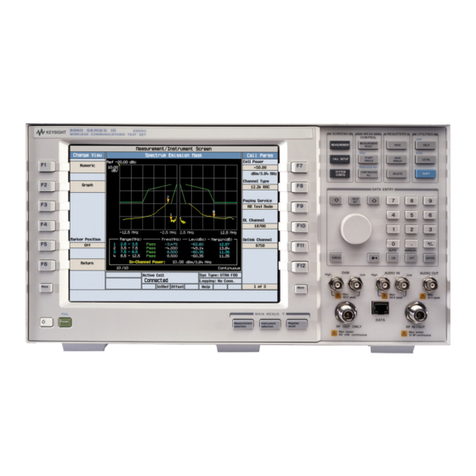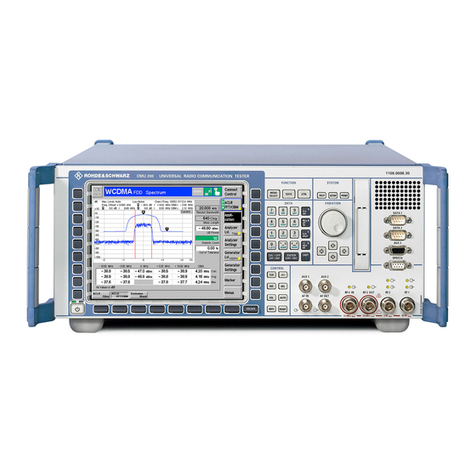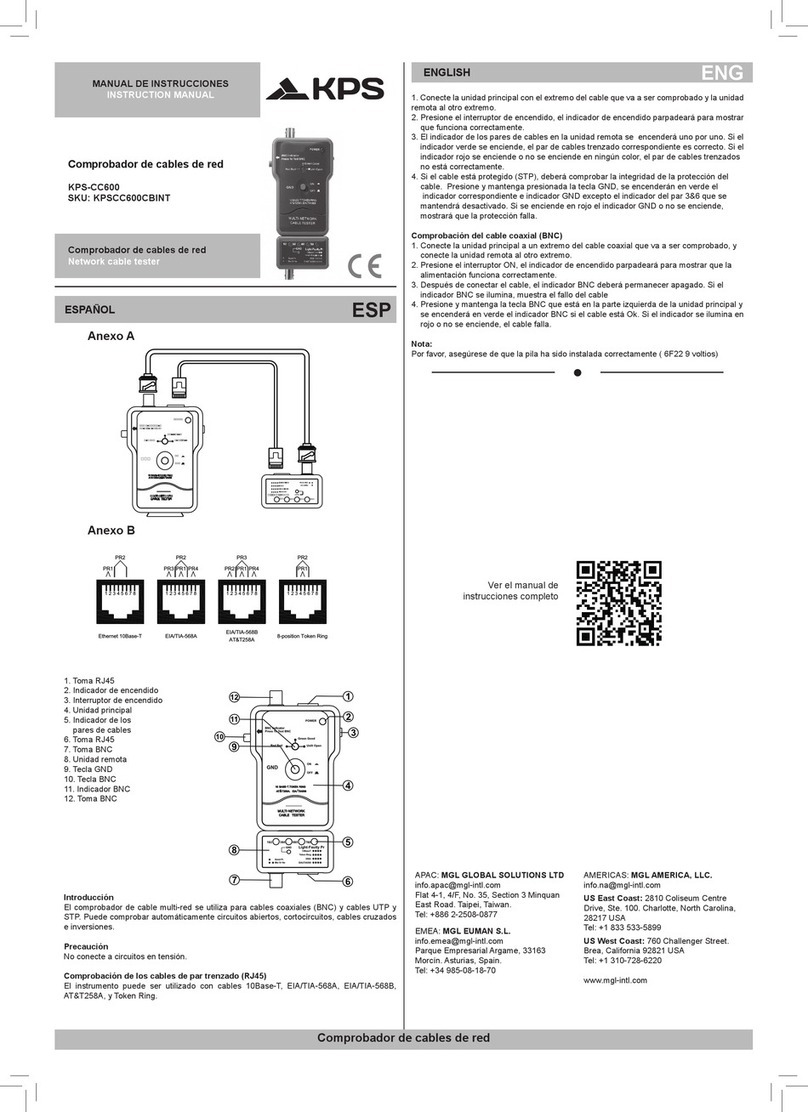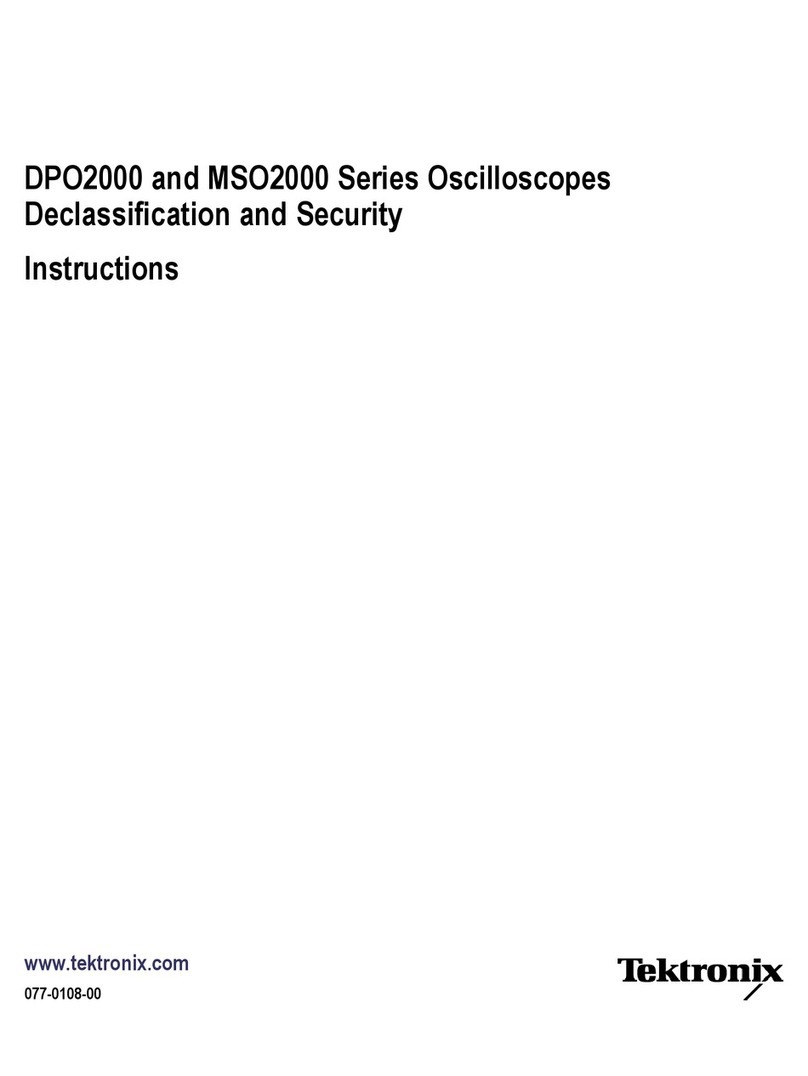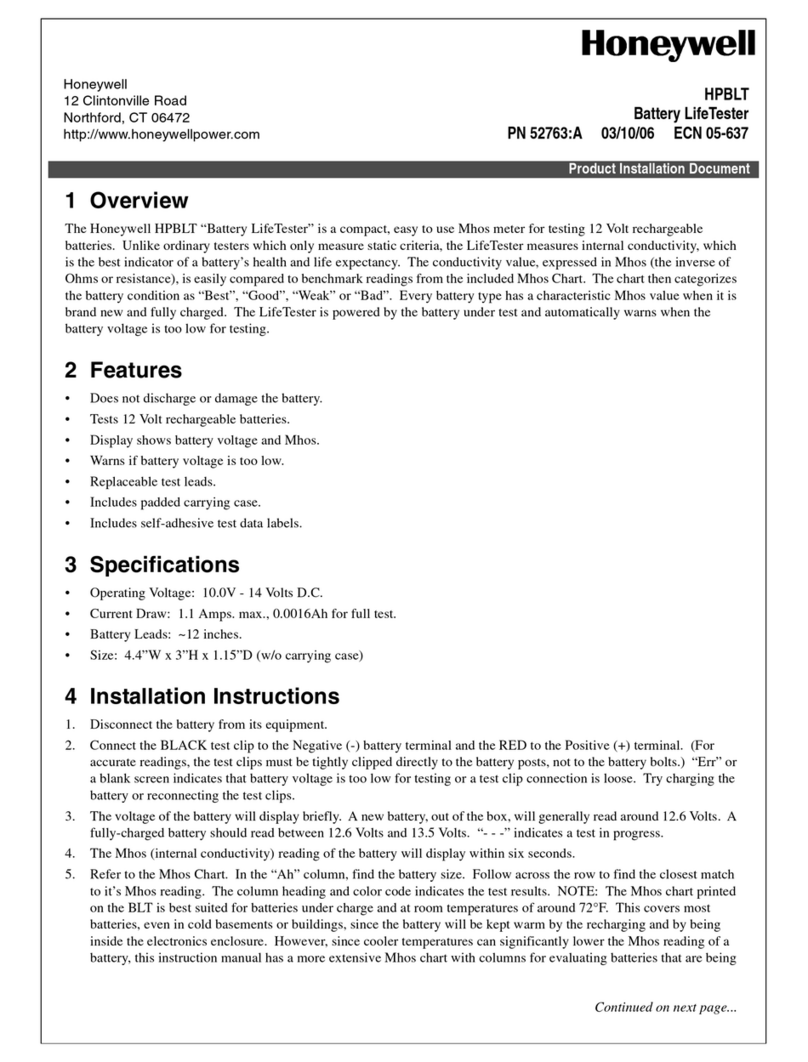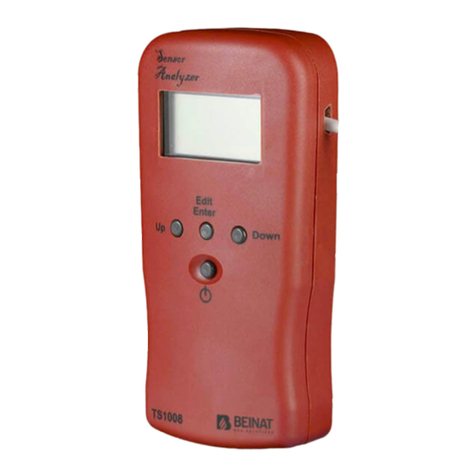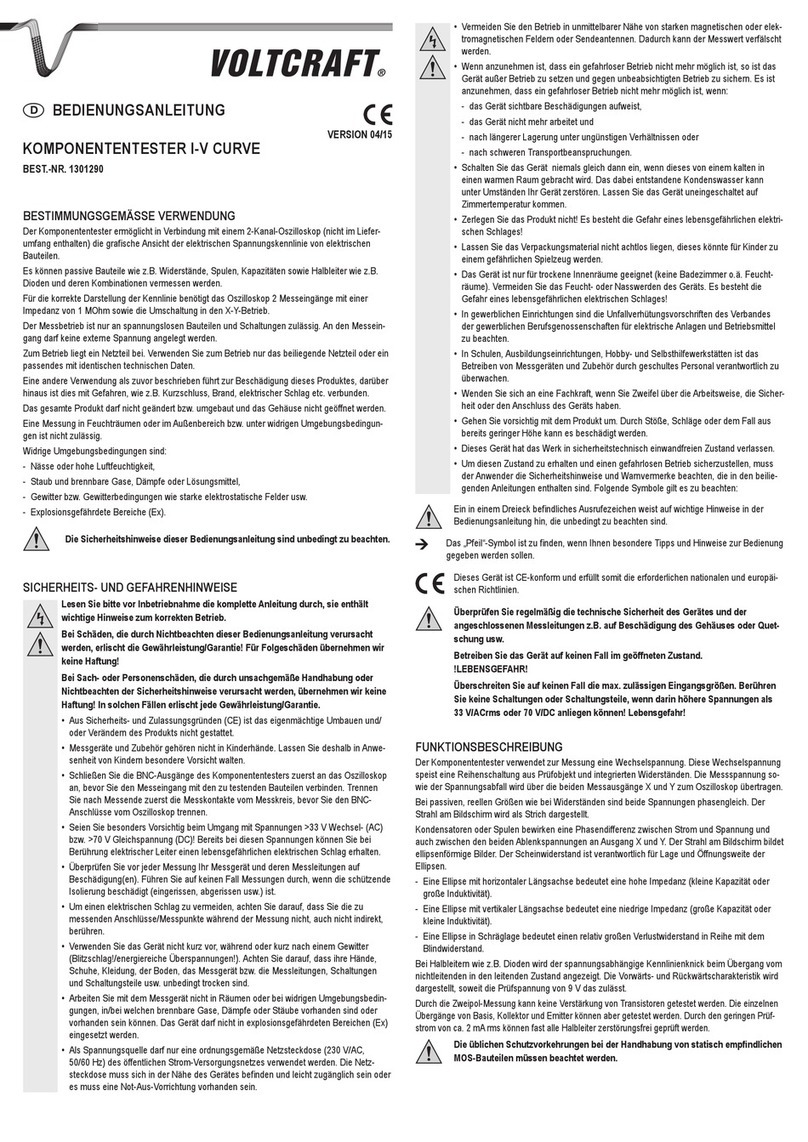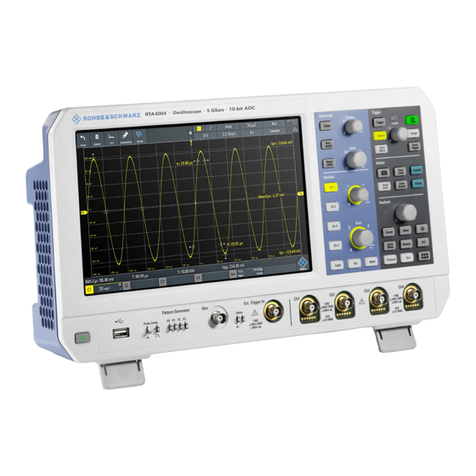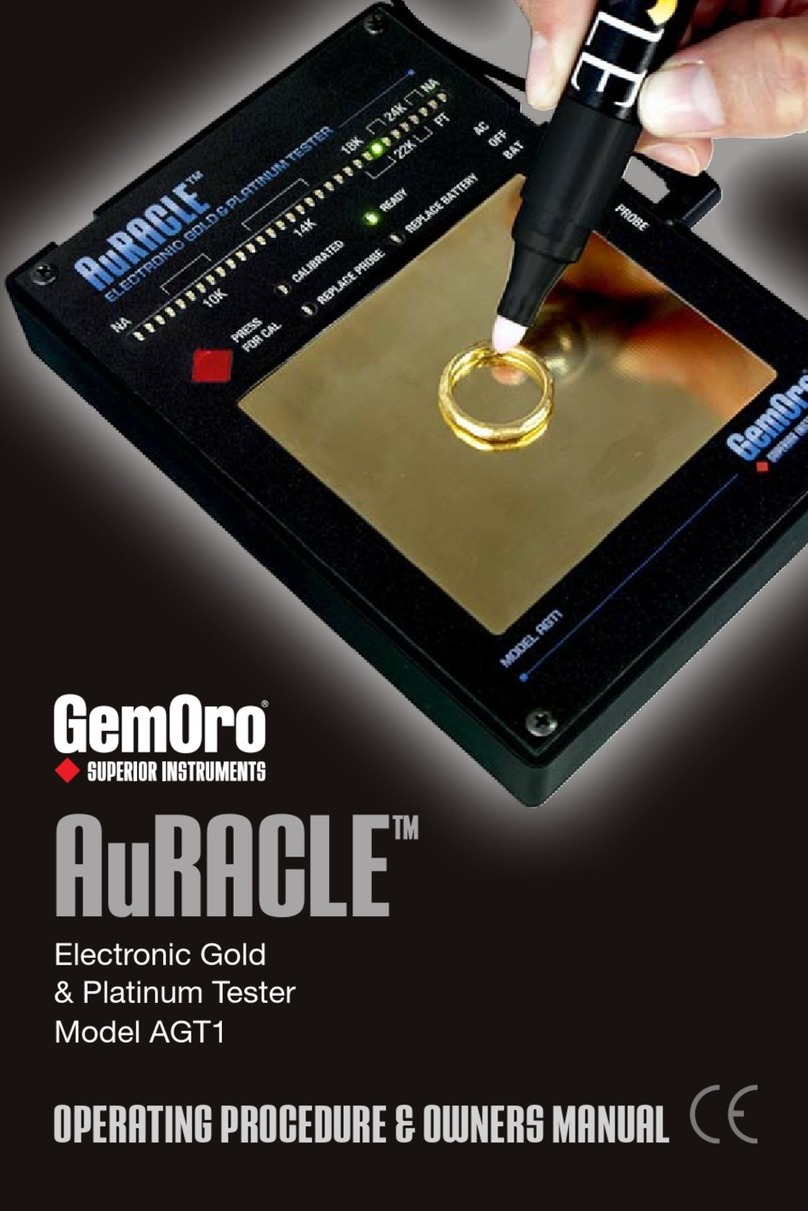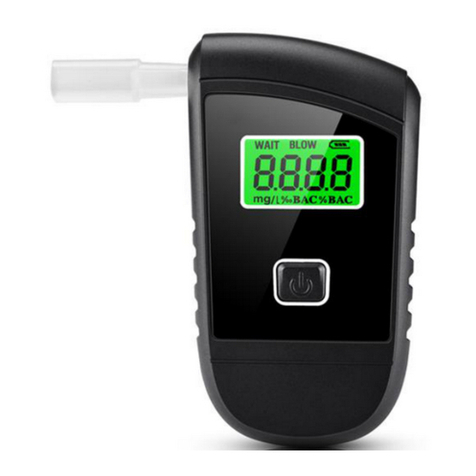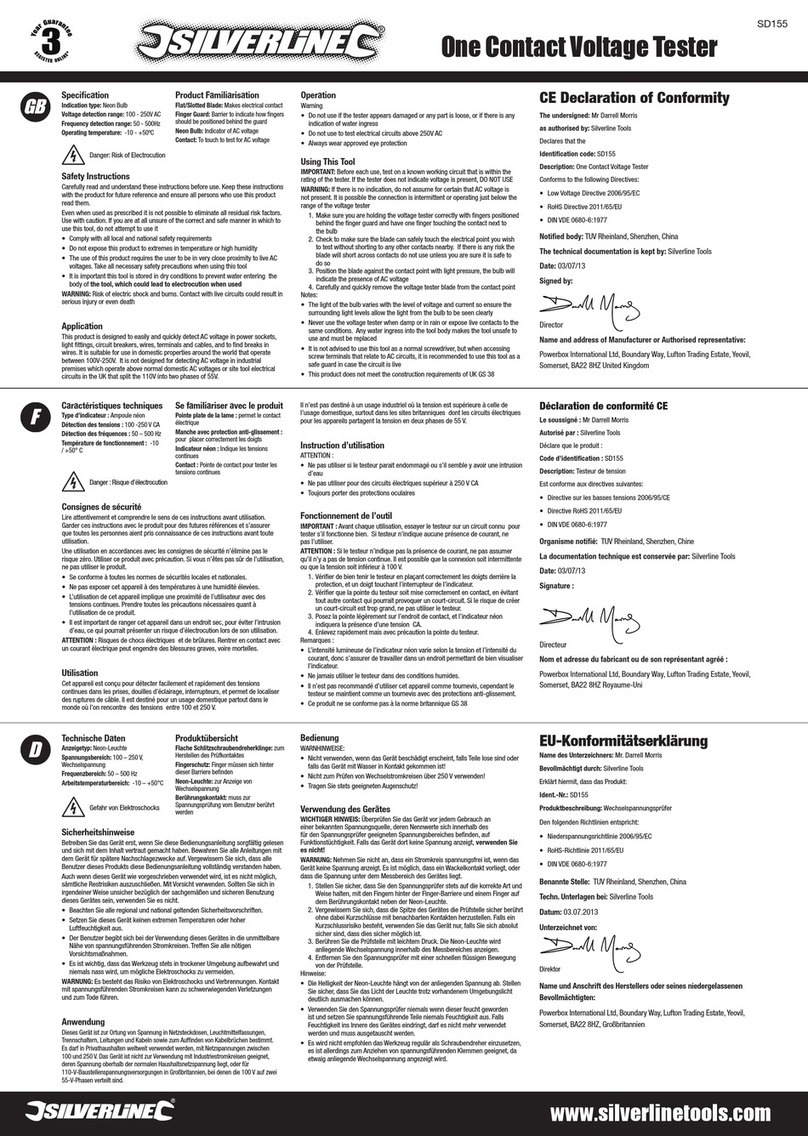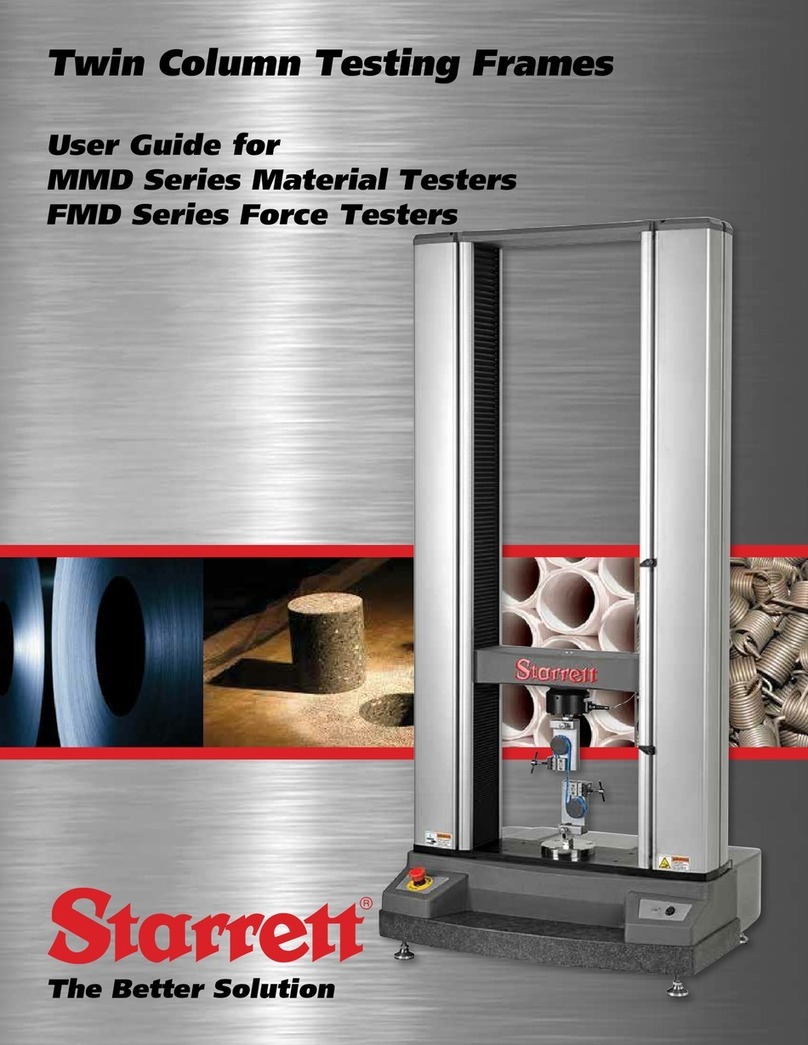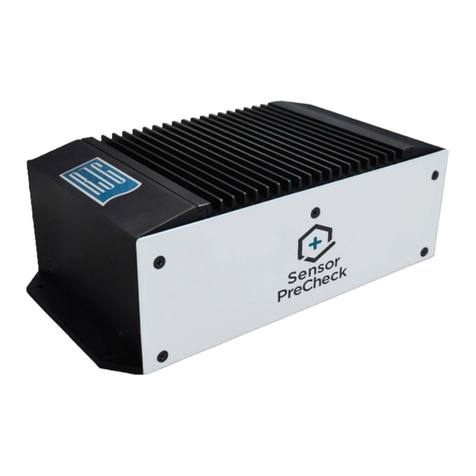SUCCEED Equine Fecal Blood Test FBT Quick guide

Contents
Contains one complete SUCCEED®equine fecal occult blood test,
including:
• 1 clear plastic container
• 1 dual test cassette – contains both an albumin test (Test A)
and a hemoglobin test (Test H)
• 1 disposable sample pipette
• 1 polyethylene glove
• 1 instruction sheet
• 1 desiccant pouch (for moisture)
Intended Use
The SUCCEED® Equine Fecal Blood Test™ (FBT) is a qualitative
lateral-ow rapid test that detects horse hemoglobin and albumin
in equine fecal specimens. The SUCCEED FBT is for veterinary use
only, for use as a diagnostic aid in assessing GI tract conditions in
their equine patients.
test MeChanIsM
The SUCCEED FBT utilizes proprietary antibodies to equine albumin
and hemoglobin, and has been calibrated to detect levels consistent
with a disease condition. (See Figure 1, page 2 for detection limits.)
Test A detects albumin in feces, which indicates injury equivalent to
grade 2 or higher at locations caudal to the common bile duct in the
duodenum (or, generally in the hindgut). Test H detects hemoglobin
in feces, which indicates injury equivalent to grade 2 or higher
anywhere along the GI tract of the horse. Taken together, the two
parts of the test may provide a means of distinguishing foregut and
hindgut conditions in horses.
PreCaUtIons
• For veterinary use only.
• For in vitro diagnostic use.
• Note: the SUCCEED FBT is a medical device and must be handled
with care.
• Do not use after expiration date, which is printed on the
back of the test cassette and outside foil pack.
• Keep specimen clear of any potential contaminants. Use only the
provided plastic container to collect and mix the fecal sample.
• Keep test cassette in sealed foil pack until use. Exposure to
moisture will affect antibodies.
• Product may be safely shipped throughout the year, and safely
used in temperatures between 5° C and 30° C (40° F to 85° F).
• Keep product refrigerated when not in use. Keep out of direct
sunlight or heat sources.
PatIent ConsIderatIons
1. Check horse for signs of external bleeding where blood may be
introduced to the digestive tract, particularly around the mouth.
2. Avoid testing horses within 48 hours of racing, especially those
prone to bleeding (i.e., exercise induced pulmonary hemorrhage)
where horse may swallow blood.
3. Avoid testing horses within 48 hours of having teeth oated.
4. Avoid testing mares during ovulation or immediately
post-partum, where bleeding may be present.
5. Avoid testing horses within ve days following anthelmintic
treatment.
Observe results after applying the solution to each of the two
sample wells on the cassette, per instructions at left.
1. If a Control line does not appear within 15 minutes (at the
CTL point on the cassette) that test result is invalid. The test
must then be repeated with a new SUCCEED Equine Fecal
Blood Test.
2. If only a Control line appears on either strip, that test is
NEGATIVE. NOTE: only a complete line is a meaningful result.
3. If both the Control and Test lines appear on either window (Test
A or H), this indicates a POSITIVE test result. Even if the test
line is faint, the test is POSITIVE.
4. Do not read test results after 15 minutes.
If you have questions about reading the SUCCEED Equine
Fecal Blood Test, please call: 800-281-6727 from 8AM - 5PM ET
Monday through Friday.
1
InstrUCtIons
1. Remove all items from the plastic container and set aside. Do not
discard container lid.
2. Using provided glove, carefully collect fecal material from a
single, fresh, complete bowel movement of subject horse. (Feces
should be as fresh as possible, never more than 4 hours old.)
Collect about a pinch from multiple locations in a complete fecal
specimen. Do not palpate to obtain sample.
3 Drop each pinch-sized sample into the plastic container up to the
Sample Fill Line (lower line) on the label. Allow fecal matter to sit
loosely in the container – do not pack or compress.
4. Add clean (potable) tap water to the fecal matter in the container.
Fill to the Water Fill Line (top line). Do not use water from dirty
containers or from sources that may be contaminated with
equine blood. Water should be room temperature.
5. Replace cap on container, and shake vigorously to mix fecal
matter and water. Set container on a at surface, and remove lid.
6. Open foil pack and remove test cassette and sample pipette.
(Discard empty foil pack and desiccant pouch.)
readIng the tests
CTL CT L
TS T TST
A H
Control
Test
If a solid line appears only at the CTL point (Control line) on either
Test A or Test H, this is a NEGATIVE result.
NEGATIVE TEST RESULT
Test Window
Sample Well
7. Use provided disposable pipette to collect solution from
container. Collect liquid only, minimizing particles. For best
results: (i) tip jar slightly, (ii) depress pipette bulb before
placing in solution, (iii) insert tip of pipette below surface of
solution and release bulb slowly to draw up solution.
8. Apply 2 drops of solution from pipette to EACH of the two
sample wells. Depress pipette bulb slowly to produce large
drops.
Watch for liquid to wick up the membrane in the test window:
it should wick to above the CTL line in 2-3 minutes. If wicking
does not occur, check that well is not clogged with silt, and
apply one more drop ONLY to non-wicking well. (Excess uid
can ood the test, negating the result.)
9. Read results. A positive result may appear within
5 minutes after solution has clearly wicked up test
membrane, but may take longer. DO NOT read
results after 15 minutes. If a line appears at the TST
point on either the Test A or Test H window, that is a
positive test. Note that even a faint line reflects a
positive test.
CTL CT L
TS T TST
CTL CT L
TS T TST
CTL CT L
TS T TST
If a complete, solid line appears at the TST point (Test line) on either
or both Test A and Test H, that is a POSITIVE test result. Test A
detects equine albumin. Test H detects equine hemoglobin.
Note – even if the test line is faint, the test is POSITIVE.
POSITIVE TEST RESULTS
Positive Test A
Negative Test H
Negative Test A
Positive Test H
Positive Test A
Positive Test H
A H A H A H
Control
Test
Failure to carefully follow these instructions may lead to incorrect interpretation.
CTL CT L
TS T TST
A H
CTL CT L
TS T TST
A H
CTL CT L
TS T TST
A H
CTL CT L
TS T TST
A H
Positive Result Positive Result

Use InstrUCtIons and
teChnICal InforMatIon
SUCCEED
®
and Digestive Conditioning Program
®
are registered trademarks, and Equine Fecal Blood Test™
is a trademark of Freedom Health LLC © 2012. All Rights Reserved.
SUCCEED
®
Digestive Conditioning Program
®
holds U.S. Patent Nos. 7,658,964; 7,824,706 and 7,988,989.
Further patents pending.
SUCCEED
®
Equine Fecal Blood Test™ holds U.S. Patent No. 7,629,180.
Equine GI lesions – including petechiation and parasite pits –
may bleed lightly or intermittently, so a test result may be negative
even when disease is present. And because blood components may be
non-uniformly distributed in a fecal dropping, negative readings may
occasionally be obtained from a fecal sample of an unhealthy horse.
As with any fecal blood test, SUCCEED FBT is not a conclusive
diagnostic for occult gastrointestinal bleeding or pathology; it should
be employed only as an aid to diagnosis.
Additionally, a positive test result (especially Test H),
can arise from extraneous sources, such as:
• Dentistry or exercise-induced pulmonary hemorrhage
• Mare ovulation
• Post-surgery bleeding
As with any diagnostic, a denitive diagnosis should not be based on
the result of a single test. The test is designed to be complementary
to blood tests and physical examination. NOTE: Practitioners
experiencing a positive Test A without a positive Test H, should include
a protein-losing enteropathy as one differential diagnosis, especially
in the presence of hypoproteinemia/hypoalbuminemia on a CBC/chem
prole. A negative test result in conjunction with hypoproteinemia/
hypoalbuminemia may reect a protein-losing nephropathy.
aPPlICatIons
Because symptoms are an unreliable indicator of GI health,
practitioners should test horses periodically. Given the ease and
affordability of the FBT, testing all horses on a regular schedule is a
practical option for early detection.
Consistent testing is especially important for performance horses,
or wherever the care, feeding and general husbandry can affect
digestive health, including intermittent feeding, high-grain diets, stall
connement, etc. Because it is possible that GI health may be a root
cause of many performance or behavioral problems, horses with such
issues may be prime candidates for testing.
The SUCCEED FBT may also be a valuable part of a pre-purchase
exam.
®
I501 Rev H 04/12
2
Freedom Health, LLC
65 Aurora Industrial Parkway
Aurora, OH 44202
Toll-free service line:
877-734-6558 24 hours a day
For more information,
visit our website at www.SucceedFBT.com
Contact Information:
SUCCEED®Digestive Conditioning Program®Veterinary Formula.
Also available from Freedom Health:
InterPretIng the resUlts
The following chart summarizes the meaning of positive and/or
negative test results across SUCCEED FBT tests A and H.
* Note that Test A uses an antibody for albumin, which typically
breaks down in digestion, particularly when exposed to digestive
enzymes in the proximal portion of the small intestine. Thus a
positive Test A will indicate bleeding from a source caudal to the
duodenum (e.g. hindgut). Also, because albumin may be present
at the site of low-grade injury absent whole blood, you may get a
positive Test A in response to a low-grade lesion in the hindgut,
such as may occur with heavy parasitism or disseminated grade 1
colonic ulcers.
Test H uses an antibody for hemoglobin, which is more resistant
to enzymatic activity. Thus a positive Test H, with negative Test
A, will indicate occult blood from a foregut source. You will not
obtain a positive result from either Test A or H when a horse has a
foregut lesion equivalent to a grade 1 gastric ulcer, where whole
blood loss does not occur.
lIMItatIons of the test
The SUCCEED FBT is a fecal occult blood test. It is designed
to detect blood components in feces that may be indicative of
underlying pathologic conditions. This makes the SUCCEED FBT a
qualitative test for the presence and location of gastrointestinal
injury. It is not a quantitative test.
Albumin may be present at the site of injury absent whole blood.
Thus a positive test A reects injury equivalent to grade 1 or
higher ulceration in the hindgut. Hemoglobin is only present with
whole blood. Therefore, a positive test H reects injury equivalent
to grade 2 or higher ulceration anywhere in the GI tract.
Equine albumin and hemoglobin in feces may arise from a variety
of conditions, including but not limited to:
• Bleeding ulcers (gastric or colonic)
• Excessive parasitic activity
• Protein-losing enteropathy (PLE)
• Lesions caused by hard particles of feed or
other ingested material
• Petechiation, hyperemias or lipomas
No GI tract
issue detected.
GI tract issue
detected in
hindgut.
GI tract issue
detected in
foregut.
GI tract issue
detected in
hindgut.
Foregut issue
also possible.*
Negative Positive
Positive Negative
Test A
Albumin
Test
H
Hemoglobin
PerforManCe CharaCterIstICs
analytICal sensItIvIty
The antibodies used in the two parts of the SUCCEED FBT – Test
A and Test H – were evaluated by introducing equine blood at
varying concentrations into a solution of water and rabbit fecal
matter. The detection limits of the FBT antibodies, at a 95%
condence level, are provided here.
dIagnostIC relIabIlIty
Figure 2 indicates the statistical accuracy of the SUCCEED FBT
results as a reection of actual pathological conditions in horses,
as determined by comparing FBT results on fecal samples from
equine subjects with observed GI tract injury in those same
subjects post-necropsy.
The SUCCEED FBT has been calibrated to detect blood
components at levels reecting true pathologies and to ignore
subclinical or baseline bleeding.
The performance of the SUCCEED FBT was assessed with multiple in vitro and in vivo tests, with the results as detailed below.
All whole blood equivalents
Fig 1: Detection limits of FBT antibodies
Test A (Albumin) Test H (Hemoglobin)
Lower .8 ppm .8 ppm
Upper 10,000+ ppm 10,000+ ppm
Fig 2: Analysis of tests A & H as indicators of ulceration
N=178 Test A (Colon) Test H (Full GI Tract)
True Positives 166 154
True Negatives 311
False Positives 8 5
False Negatives 1 8
Sensitivity 99.4% 95.1%
Specicity 27.3% 68.8%
Positive Predictive
Value 95.4% 96.9%
Negative Predictive
Value 75.0% 57.9%
P-value .045 .028
